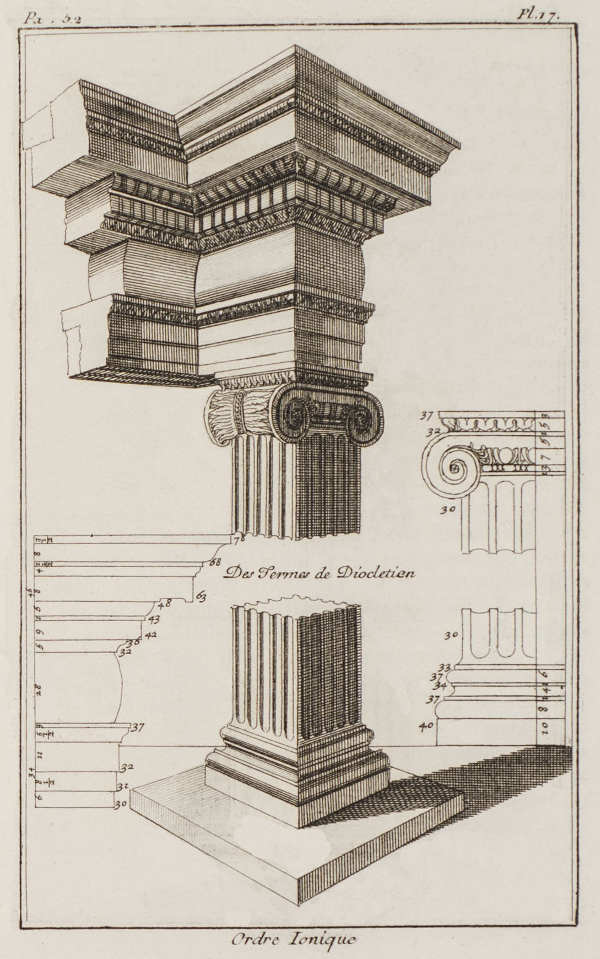Il fondo Mario Labò

Il fondo Labò è costituito da un nucleo bibliografico di notevole valore che testimonia la poliedrica attività intellettuale dell’architetto e storico dell'architettura Mario Labò (Genova, 17 settembre 1884 – Genova, 13 febbraio 1961).
Intellettuale sensibile e rigoroso professionista, laureato presso il Politecnico di Torino nel 1919, diventa ben presto un vero e proprio catalizzatore culturale nell’ambito dell’architettura a Genova. Sostenitore delle più avanzate idee sull’architettura, appoggia le teorie e le attività del Gruppo 7; nei primi anni ’30 Labò aderisce al MIAR (Movimento Italiano per l’Architettura Razionale), diventando un attivo esponente del movimento razionalista ed è tra i fondatori dell’ INU, Istituto Nazionale di Urbanistica.
Significativa la produzione bibliografica di Labò: I palazzi di Genova, Milano 1914; Studi di architettura genovese: palazzo Rosso, Roma 1921; Architetti dal XV al XVIII secolo: G.B. Castello, ibid. 1925. Fonda inoltre il mensile Per l'arte uscito a Torino dal 1909 al 1915 e collabora stabilmente con le riviste L'Arte decorativa moderna (1903-04) e L'Eroica (1911-12); vengono pubblicati numerosi suoi articoli relativi a questioni d'arte e d'architettura antica e moderna in Emporium, nel Marzocco e nella rivista diretta da A. Venturi, L'Arte. Con la collaborazione della moglie Enrica, Labò cura la traduzione di opere considerate dei classici dell’architettura contemporanea: sono del 1954 le sue traduzioni di La cultura della città, di Lewis Mumford (1895-1990) e di Spazio, tempo e architettura, di Sigfried Giedion (1888-1968), mentre è del 1959 quella di Storia dell’architettura europea, di Nikolaus Pevsner (1902-1983), col quale fu legato da un’amicizia trentennale.
L’acquisizione del fondo risale agli anni 1962-63 su interessamento di Bruno Zevi, direttore dell’allora Istituto Universitario di Architettura. Enrica Morpurgo Labò, alla morte del marito decise di cedere una parte della biblioteca per onorare la memoria del marito e del figlio Giorgio, studente di architettura e partigiano, fucilato dalle SS nel marzo del 1944.
Tra i 192 volumi editi tra il 1500 e il 1830, spiccano gli esemplari di trattatisti quali Vignola, Milizia, Serlio, Guarini, Vasari; il Vitruvio di Fra’ Giocondo; l’opera di Peter Paul Rubens sui palazzi di Genova, di cui Labò curò un’edizione nel 1914. Sono inoltre presenti 482 opere pubblicate tra il 1831 e la prima metà del ‘900, tra le quali si annoverano volumi delle esposizioni del XIX e dei primi decenni del XX secolo, i cataloghi della Triennale di Milano, atti di convegni, guide di città italiane e di capitali europee, volumi su arti decorative e arredamento, architettura di giardini, manuali e monografie dedicate ad architetti e artisti.


Del fondo Labò sono stati digitalizzati e vengono presentati alcuni volumi dedicati alle Esposizioni universali del XIX secolo che, oltre ad aver profondamente influito sui cambiamenti dei costumi e della società, hanno determinato la costruzione di edifici espositivi, innovativi per le tipologie e le tecnologie impiegate nel panorama dell’architettura del tempo.
Successive sezioni del fondo riguarderanno principalmente le digitalizzazioni di trattati e di manuali di architettura.
Scegliendo da questo patrimonio di grande valore documentario, vengono organizzate delle sottocollezioni tematiche, dedicate ciascuna a un episodio circoscritto e quando possibile finalizzate a presentare insiemi omogenei di documenti. È il caso, per esempio, dell’album contenente diciotto fotografie Giacomelli che mostrano gli ambienti della sede originaria di San Trovaso, recuperato nell’Ufficio Tecnico dell’università, oppure delle fotografie dell’archivio di Egle Renata Trincanato scattate durante un viaggio di studio in Libia, organizzato dal Regio Istituto nel 1937.
Come l’archivio iconografico da cui ha origine, la collezione è quindi aperta e destinata ad accrescersi nel tempo con l’aggiunta di nuove sottocollezioni dedicate a capitoli di una storia che ha inizio nel gennaio 1926, con l’emanazione di un regio decreto che istituisce e finanzia la Scuola Superiore di Architettura di Venezia, poi Regio Istituto, dal dopoguerra Istituto Universitario di Architettura e oggi Università Iuav.







 è un servizio del
è un servizio del